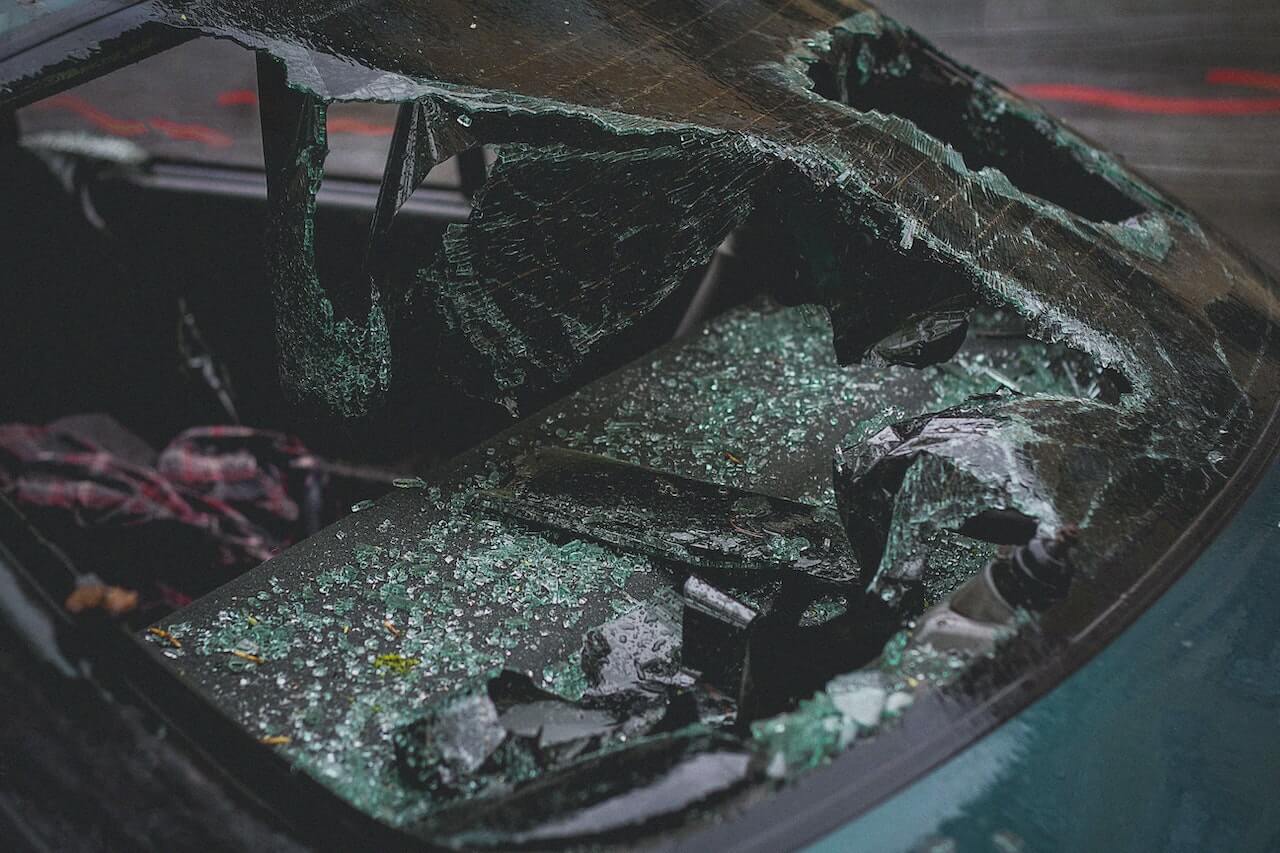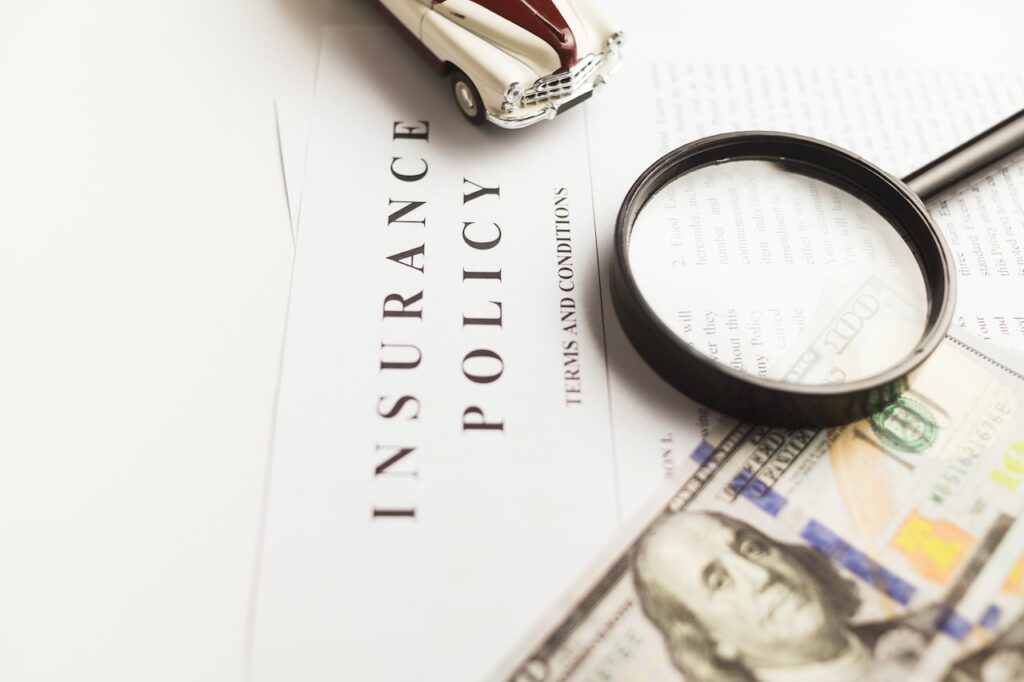A National Highway Traffic Safety Administration report indicated that over 6 million auto accidents occurred in the US in 2021. That comes out to about 16,700 daily crashes involving at least property damage. The National Safety Council reports 46,980 deaths and 5.4 million medical-consulted injuries. Whatever the source, it seems clear that many people suffer the trauma of car accidents, often involving financial losses such as medical bills.
Typically, states require all drivers to have auto
Your personal injury protection policy will pay for your losses if you are in one of 12 no-fault states. But if you are in fault states, you must submit an
Hit-and-run drivers are also a possibility. The latest information shows nearly 700,000 hit-and-run incidents on average. The likelihood of becoming a victim of a hit-and-run is highest in Florida, New Mexico, and Louisiana. If you can’t find the driver, that leaves you in a tough situation with significant out-of-pocket expenses.
In these scenarios, you can avoid financial worries by tacking uninsured motorist coverage (UMC) to your car
Key Takeaways
|
How does UM coverage work?
Uninsured motorist
The insurer may offer UMC together with underinsured driver coverage. They both close the gap between your costs and the liable driver’s ability to pay and cover the same things. Underinsured motorist coverage only applies when the responsible party has coverage but not enough
What does UMC cover?
UMC covers injuries you and your passengers sustain in a car crash triggered by an uninsured motorist. It also covers bodily injuries you sustained while riding a bike or walking on the street.
The
Suppose four people were in your car, and you all sustained injuries. The UMC will cover up to $300,000 for the medical expenses of all four people. Any excess may be covered by health
However, there are two types of UMC, one for property damage. Uninsured motorist property damage coverage (UMPD) is like uninsured motorist coverage bodily injury or UMBI. It will pay for damage to your car or property caused by an uninsured motorist. Insurers typically bundle UMBI and UMPD when they offer it to policyholders.
Some states may impose a deductible for UMPD, meaning you pay up to a specific amount, say $250. The
- Car repair or replacement in a total loss claim
- Rental car fees
- Loss of value of your repaired vehicle
Is uninsured motorist insurance necessary?
UMC is only necessary if your state mandates it. However, if your state makes it optional, consider the following scenarios to help you decide.
You have a high-deductible health plan
A UMBI covers medical payments when the liable party has no
However, if your health plan has a high deductible, a UMBI might be more cost-effective. You don’t need to pay co-insurance, co-pays, or deductibles with UMBI. Your health
You have collision insurance
UMPD might not be necessary if you have collision
Your state has a high rate of uninsured drivers
Suppose you live in Mississippi, a fault state with a high percentage of uninsured drivers in the US. Having UMC is probably a good idea. On the other hand, suppose you live in New Jersey, a no-fault state with the lowest percentage of uninsured drivers. A UMC is still a good idea, but there is a comparatively small chance you will need it.
The Benefits of Uninsured Motorist Policies
The most apparent benefit of UMC is having peace of mind. Whatever the circumstances in a car accident, you have recourse for bodily injuries and property damage. However, another benefit is it is not as expensive as other types of coverage, such as collision or comprehensive
In some states, adding UMC may add an extra $10 or so to your monthly bill. Moreover, the deductibles for UMPD tend to be less than collision
How Much Uninsured Motorist Coverage To Get
States that require UMC mandate a minimum, typically matching your liability limits. For example, suppose your liability
You can increase your UMC limits beyond the minimum by increments of $5,000 for bodily injury and property damage. The recommended UMPD is enough to cover the value of your vehicle. Whether the state requires UMC or not,
UMC Requirements by State

Twenty states, plus Washington, DC, require drivers to carry UMC with varying limits. You can refuse to include UMC in other states. But in Virginia, which does not require drivers to have car
Alabama
Alabama does not require UMBI, but
Alaska
Alaska does not require UMBI, but
Arizona
Arizona does not require UMBI, but
Arkansas
Arizona does not require UMBI, but
California
California does not require UMBI, but
Colorado
Colorado does not require UMBI, but
Connecticut
Connecticut requires UMBI and underinsured motorist coverage. The minimum is 25/50 for UMBI and $25,000 for uninsured motorist coverage. UMPD is not needed, but motorists can request it.
Delaware
Delaware does not require UMBI, but
District of Columbia
The District of Columbia requires UMBI but not underinsured motorist coverage. Insurers must offer both, but the motorist can only reject underinsured motorist coverage in writing. The minimum is 25/50 for UMBI. The state also requires UMPD to pay a minimum of $5,000. The deductible for UMPD is $200.
Florida
Florida does not require UMBI, but
Georgia
Georgia does not require UMBI, but
Hawaii
Hawaii does not require UMBI, but
Idaho
Idaho does not require UMBI, and
Illinois
Illinois requires UMBI with a minimum of 25/50. The
Indiana
Indiana does not require UMBI, but
- a minimum of 25/50 UMBI coverage
- underinsured motor coverage of $50,000 minimum
- UMPD of $10,000
Motorists who do not choose to get UMC must reject it in writing. The deductible for UMPD is a maximum of $300, waived if an accident happens while the vehicle is unoccupied or parked.
Iowa
Iowa does not require UMBI, and
Kansas
Kansas requires UMBI with a minimum of 25/50. Motorists can reject UMBI over 25/50. The state does not require UMPD.
Kentucky
Kentucky does not require UMBI, but
Louisiana
Louisiana does not require UMBI, and
Maine
Maine requires UMBI with a minimum of 50/100. The state does not require UMPD.
Maryland
Maryland requires UMBI and underinsured motorists coverage with a minimum of 30/60 and a minimum UMPD of $15,000. The UMPD deductible ranges from $50 to $250 in $50 increments.
Massachusetts
Massachusetts requires UMBI with a minimum of 20/40. The state does not require UMPD.
Michigan
Michigan does not require UMBI, and
Minnesota
Minnesota requires UMBI and underinsured motorists coverage with a minimum of 25/50. The state does not require UMPD.
Mississippi
Mississippi does not require UMBI, but
Missouri
Missouri requires UMBI with a minimum of 25/50. The state does not require UMPD.
Montana
Montana does not require UMBI, and
Nebraska
Nebraska requires UMBI and underinsured motorists coverage with a minimum of 25/50. The state does not require UMPD.
Nevada
Nevada does not require UMBI, and
New Hampshire
New Hampshire requires UMBI with a minimum of 25/50. Motorists can reject UMBI coverage in excess/umbrella policies only. The state also requires UMPD with a minimum limit of $25,000. There is no deductible.
New Jersey
New Jersey requires UMBI with a minimum of 15/30. The state also requires UMPD with a minimum coverage of $5,000.
New Mexico
New Mexico does not require UMBI, but
New York
New York requires UMBI with a minimum of 25/50 for injuries and 50/100 for death. The state does not require UMPD.
North Carolina
North Carolina requires UMBI with a minimum of 30/60 and underinsured motorist coverage if the UMBI exceeds the minimum. The state also requires a minimum UMPD coverage of $25,000. The UMPD deductible is $100.
North Dakota
North Dakota requires UMBI with a minimum of 25/50. The state does not require UMPD.
Ohio
Ohio does not require UMBI, and
Oklahoma
Oklahoma does not require UMBI, but
Oregon
Oregon requires UMBI with a minimum of 25/50 and underinsured motorist coverage if the UMBI exceeds the minimum. The state also requires a minimum UMPD coverage of $20,000. The UMPD deductible is $200, $300 for hit-and-run accidents.
Pennsylvania
Pennsylvania does not require UMBI, but
Rhode Island
Rhode Island does not require UMBI, but
South Carolina
South Carolina requires UMBI with a minimum of 25/50. Motorists can reject underinsured motorist coverage in writing. The state also requires a minimum UMPD coverage of $25,000. The UMPD deductible is $200.
South Dakota
South Dakota requires UMBI with a minimum of 25/50 coverage. The state does not require UMPD.
Tennessee
Tennessee does not require UMBI, but
Texas
Texas does not require UMBI, but
Utah
Utah does not require UMBI, but
Vermont
Vermont requires UMBI with a minimum of 50/100 coverage. The state also requires UMPD with a minimum coverage of $10,000. The UMPD deductible is $150.
Virginia
Virginia does not require car
Washington
Washington does not require UMBI, but
West Virginia
West Virginia requires UMBI with a minimum of 25/50 coverage. The state also requires UMPD with a minimum coverage of $10,000. The UMPD deductible is $300.
Wisconsin
Wisconsin requires UMBI with a minimum of 25/50 coverage. Motorists can reject underinsured motorist coverage. The state also requires UMPD with a minimum policy limit of $10,000. The state does not require UMPD.
Wyoming
Wyoming does not require UMBI, but


Did you know?
|
Going Beyond the Truth About Uninsured Motorist Coverage
Uninsured motorist coverage provides a cost-effective layer of financial protection to drivers in accidents. It ensures that victims of a negligent driver have recourse when the liable party has no
However, not all motorists avail of the option. Filing a personal injury case against the liable driver may be necessary. In that case, the Personal Injury Center can help.
We can help you find an experienced car accident lawyer to handle your case. Filling out the free evaluation form with basic information takes just two minutes. It will help us match you with a competent attorney in your area.
Find alternatives for uninsured motorist coverage to compensate for injuries or property damage you sustained in an accident. Contact the Personal Injury Center today!
FAQs on the Truth About Uninsured Motorist Coverage
Is uninsured motorist coverage necessary if I have health insurance?
Suppose you live in a state that requires uninsured motorist coverage. You must get one whether you have health insurance or not. However, it is an option in states that do not require it.
Does uninsured motorist property damage cover a hit-and-run in California?
No, it does not. California only allows UMPD claims in accidents with an identified driver without liability
Can you buy uninsured motorist coverage without bodily injury liability insurance?
No, primary liability



